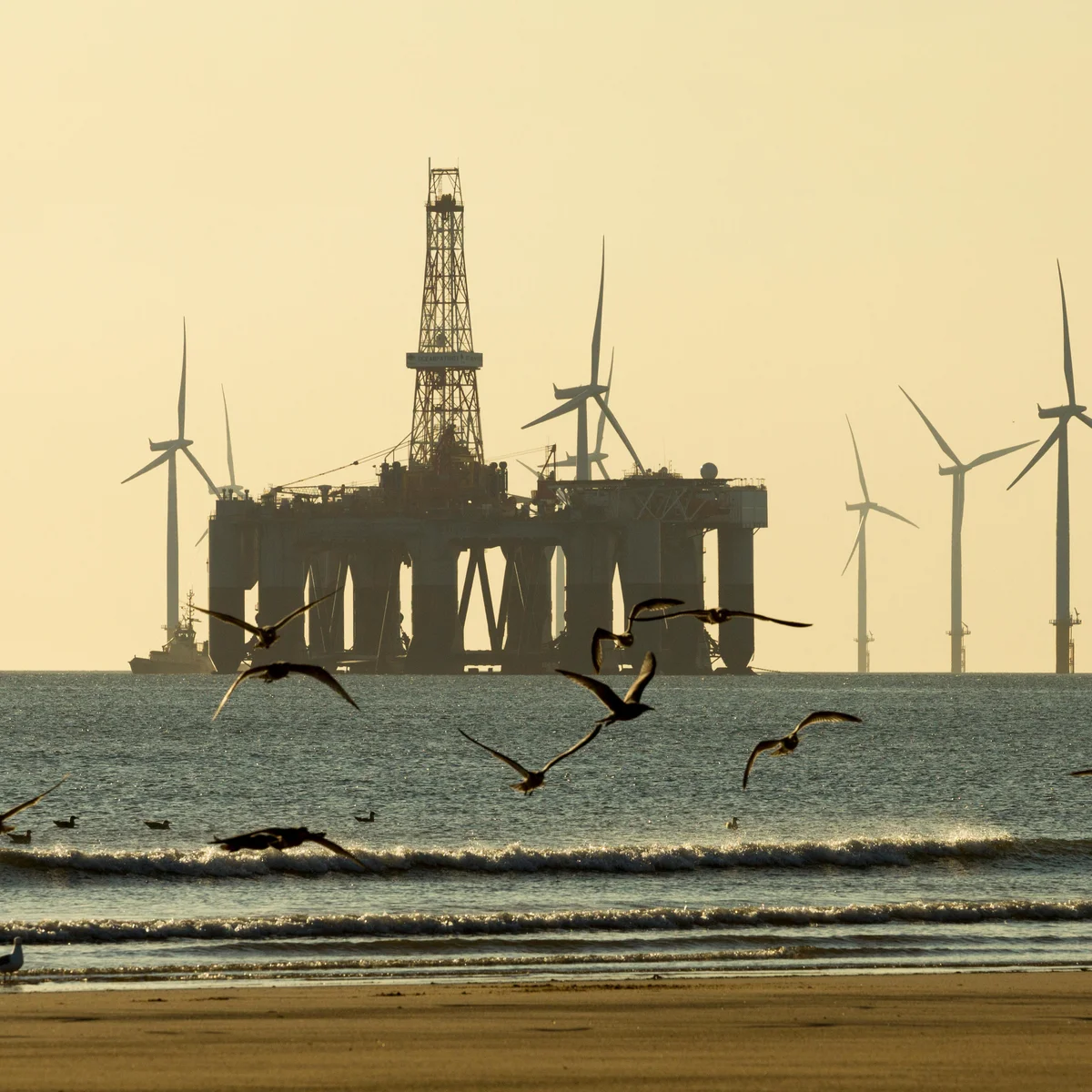The U.S. energy sector is facing a stark crossroads as the Trump administration pushes aggressively to expand oil and gas production, while simultaneously blocking or rolling back support for offshore wind projects. The policy recalibration not only signals a return to fossil fuel dominance but also puts in sharp relief the struggle over America’s clean energy future.
Fossil Fuel First Agenda
From the outset, the administration has moved to dismantle restrictions on oil and gas development. One of its earliest promises was to revoke the previous ban on offshore drilling, opening vast swaths of ocean to new leasing and exploration efforts. The logic is framed in terms of energy sovereignty and job creation — reviving the domestic extractive sector after years of regulatory constraint.
In line with this, funding that had been earmarked for wind energy projects was canceled, and federal support packages for renewables were scaled back. The cutbacks have reached several states, with wind developers losing hundreds of millions in anticipated grants for projects already in motion.
The Wind Industry Under Fire
The offshore wind sector has felt immediate pressure. Multiple large-scale projects that were otherwise well along in development have been halted or suspended pending new reviews. The administration has cited “national security” and procedural review as reasons — but critics argue these are cover for a political agenda to impede renewables.
One megaproject along the Atlantic coast, designed to supply clean power to hundreds of thousands of homes, was blocked after months of construction. The sudden stop order threw contractors, local economies, and energy planners into uncertainty. Several developers have threatened lawsuits and pushed for swift legal relief — with some success in courts issuing injunctions against the halts.
Meanwhile, big names in the energy industry have withdrawn from offshore wind partnerships altogether, citing an eroding economic and regulatory outlook. Investors, alarmed by policy whiplash, are rethinking pipeline commitments to green energy.
Ripple Effects: Power, Jobs & Climate
This energy pivot carries significant consequences:
- Electricity markets and grid reliability: Many states, particularly in the Northeast, were counting on incoming wind capacity to balance demand and reduce carbon emissions. Delays or cancellations could lead to tighter supply margins and higher costs.
- Employment & local economies: Wind construction and assembly create unionized jobs and supply chain opportunities. Suddenly pulling back investment puts those gains at risk.
- Climate goals and decarbonization: The move challenges national carbon reduction targets. If fossil fuel expansion outpaces clean energy deployment, emission trajectories may worsen.
- Investor confidence: Renewable energy depends heavily on policy stability. Sudden reversals or regulatory uncertainty deter new capital.
Legal and Political Battleground
Some wind developers have already secured preliminary court victories that allow project continuation while litigation plays out. Judges have questioned the justification and timing of administrative halts, especially for projects that had previously passed federal reviews.
At the same time, state governments and local officials have pushed back, warning of economic, reliability, and environmental harm if committed wind projects stall. In some regions, renewable energy advocates say this is a turning point — a test of whether America will recommit to the clean energy transition or re-entrench carbon-intensive infrastructure.
In Congress, energy and climate legislation is likely to ignite fierce debates over subsidies, tax incentives, and regulatory review authority. For many observers, the next few months will be a critical turning point for the future of U.S. energy policy.
















Leave a Reply